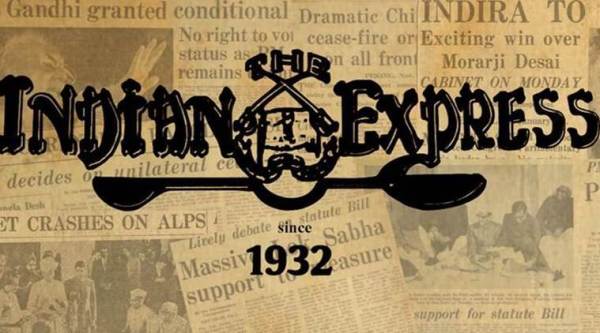 In a majority of lynching incidents, the police have shown a disturbing propensity to hound and even lodge cases against the families of victims instead of pursuing and booking the culprits.
In a majority of lynching incidents, the police have shown a disturbing propensity to hound and even lodge cases against the families of victims instead of pursuing and booking the culprits.
A Supreme Court ruling has forced the Centre to acknowledge the gravity of the recurrent crime of mob violence. It has constituted two high-level committees to frame measures to deal with what the Court last week described as “horrendous acts of mobocracy”. A panel led by Home Secretary Rajiv Gauba will submit its recommendations to a Group of Ministers (GoM) headed by Home Minister Rajnath Singh. The GoM will submit its report which will be a part of the process that leads to the framing of a law on lynching.
“The government is concerned at the incidents of violence by mobs. It is committed to upholding the rule of law and adopting effective measures to curb such incidents [of vigilantism],” the home minister said on Monday while announcing the decision to constitute the two panels. Though belated, this signaling of intent is welcome. The government should now take the next step by addressing the vexed issue of police reforms. This is because, by all accounts, the failure of the law and order machinery to respond satisfactorily has been a common strand running through incidents of mob violence in the past three years. In fact, in a majority of lynching incidents, the police have shown a disturbing propensity to hound and even lodge cases against the families of victims — mostly Muslims, Dalits, migrants and people from marginalised communities — instead of pursuing and booking the culprits. In case after case, the men in uniform have been exposed for their unprofessional ways. Last month, for example, the UP police was forced to issue an apology after a photograph depicting the callous treatment of a lynching victim by the policemen on the spot went viral on social media.
The apex court’s ruling last week contains several guidelines directed towards law enforcement agencies. It has called for more efficient patrolling of highways, the appointment of senior policemen as nodal officers in sensitive districts and immediate registration of FIRs. The ruling did not go into the systemic problems of an under-resourced and politically-controlled police force. But it has been more than a decade since the Prakash Singh case in which the apex court directed the introduction of reforms to give the “police functional autonomy within reasonable political control” and make it more answerable to the people. The directives of that historic verdict have consistently been stonewalled and this — along with the fact that India has one of the lowest police-to-people ratios in the world — has fostered the climate of impunity for vigilante gangs.